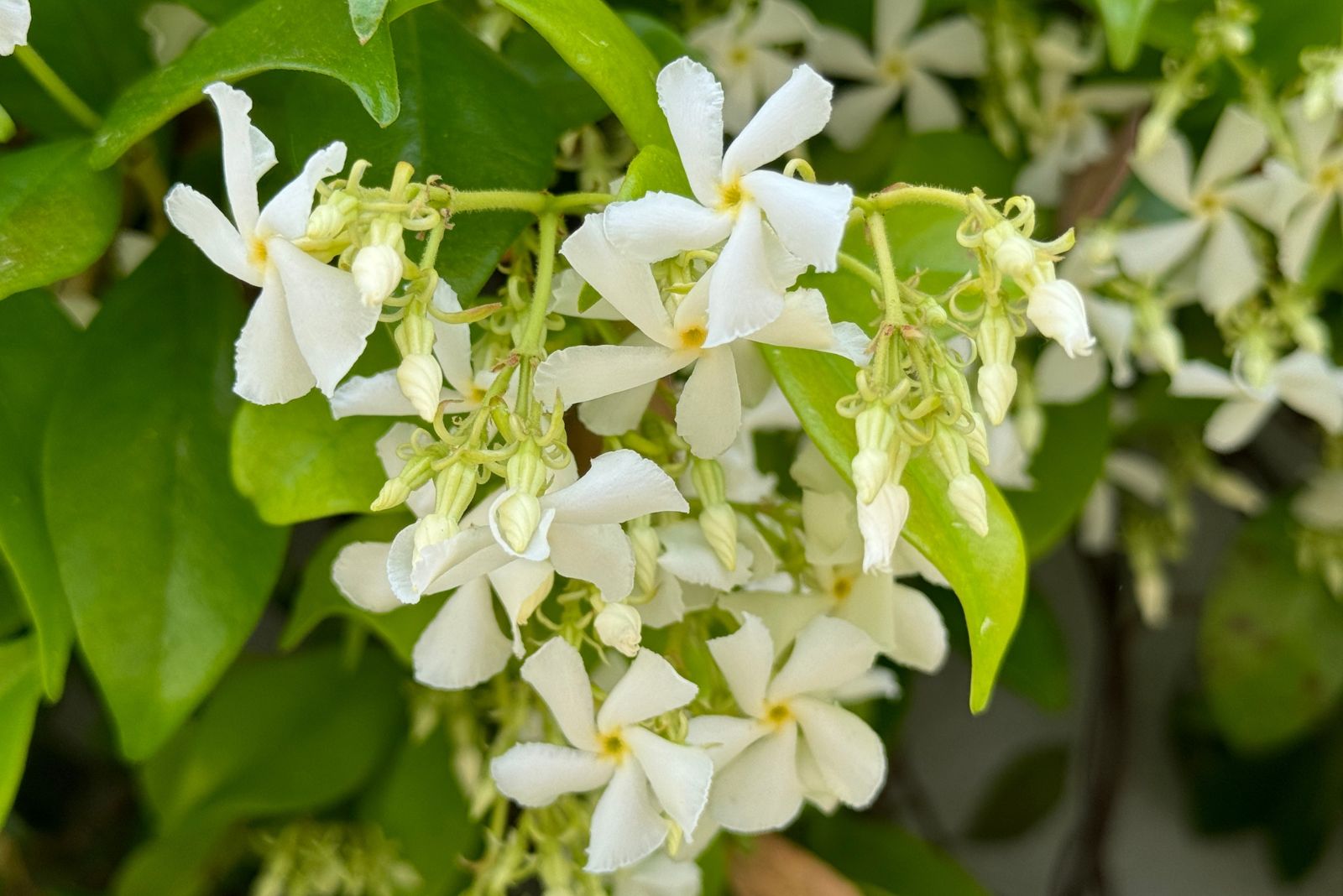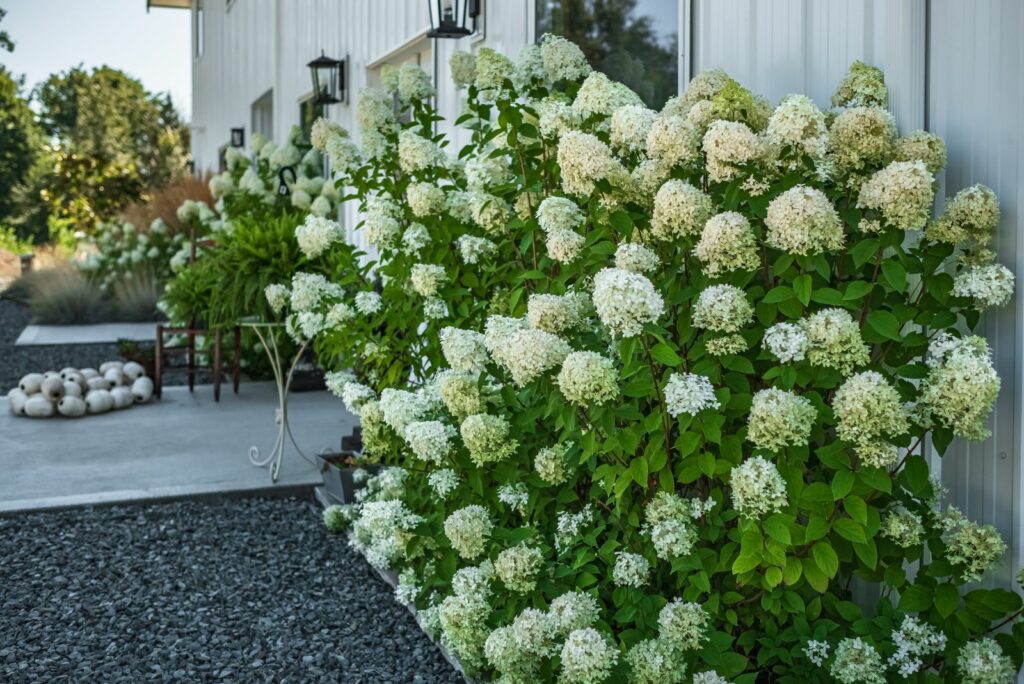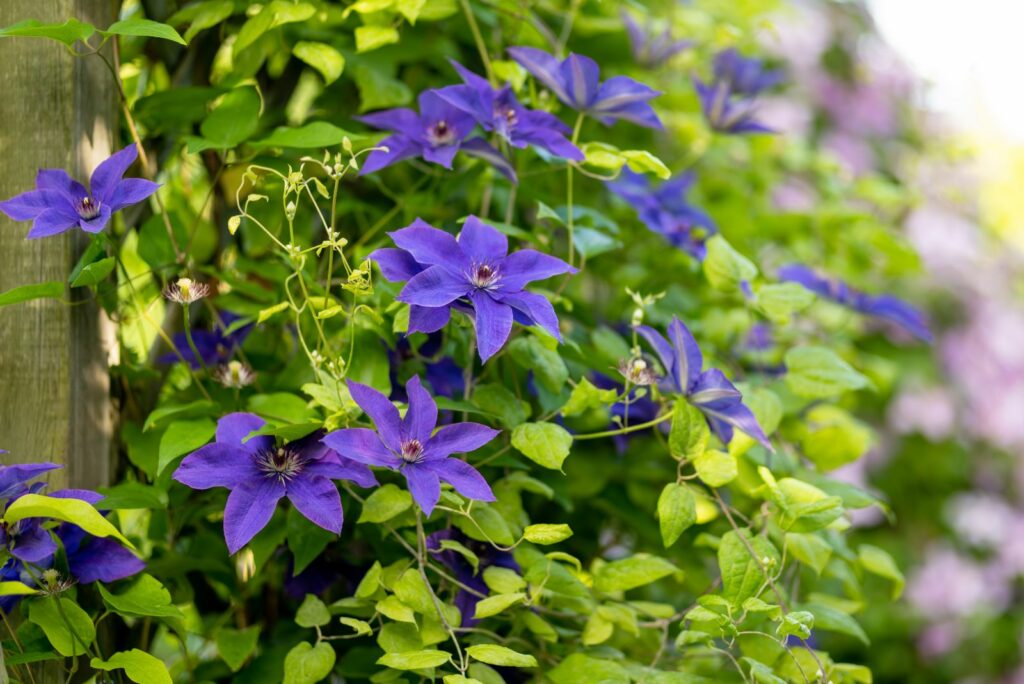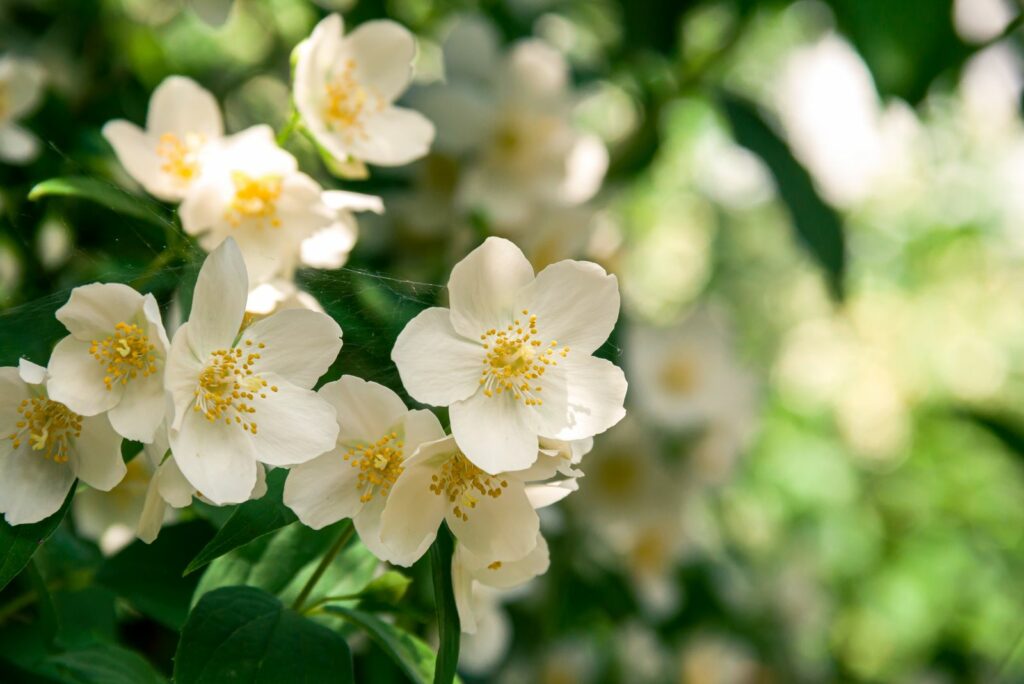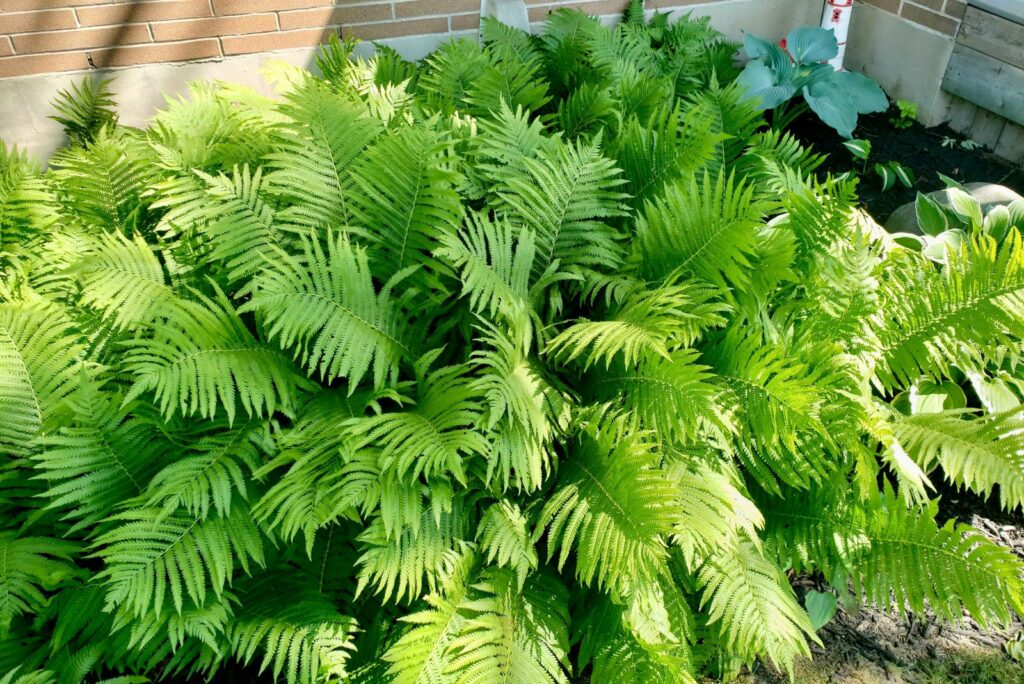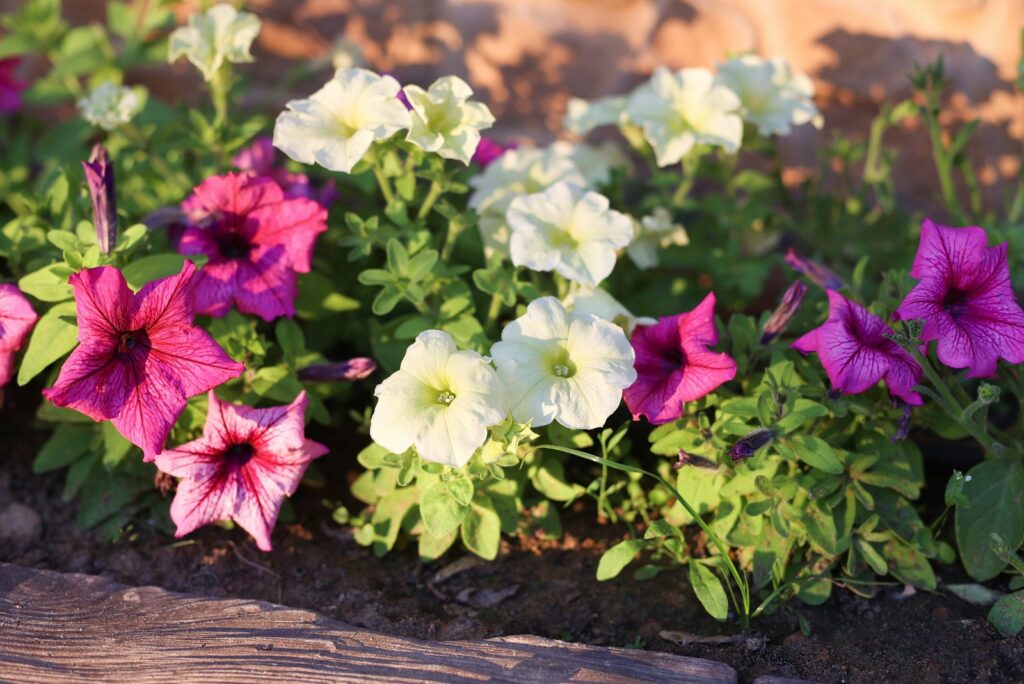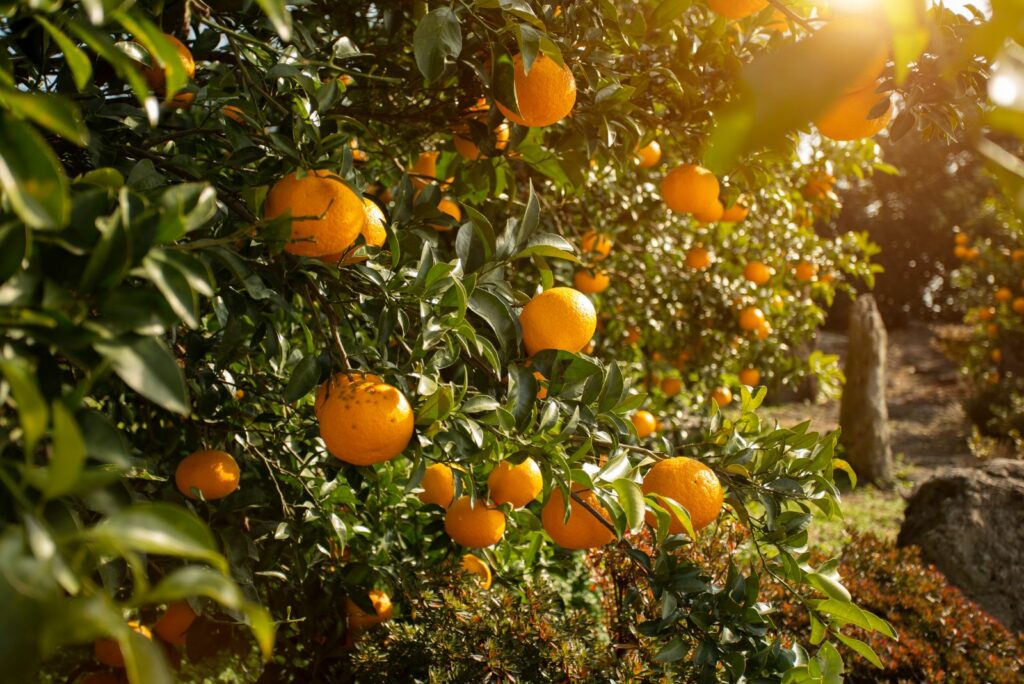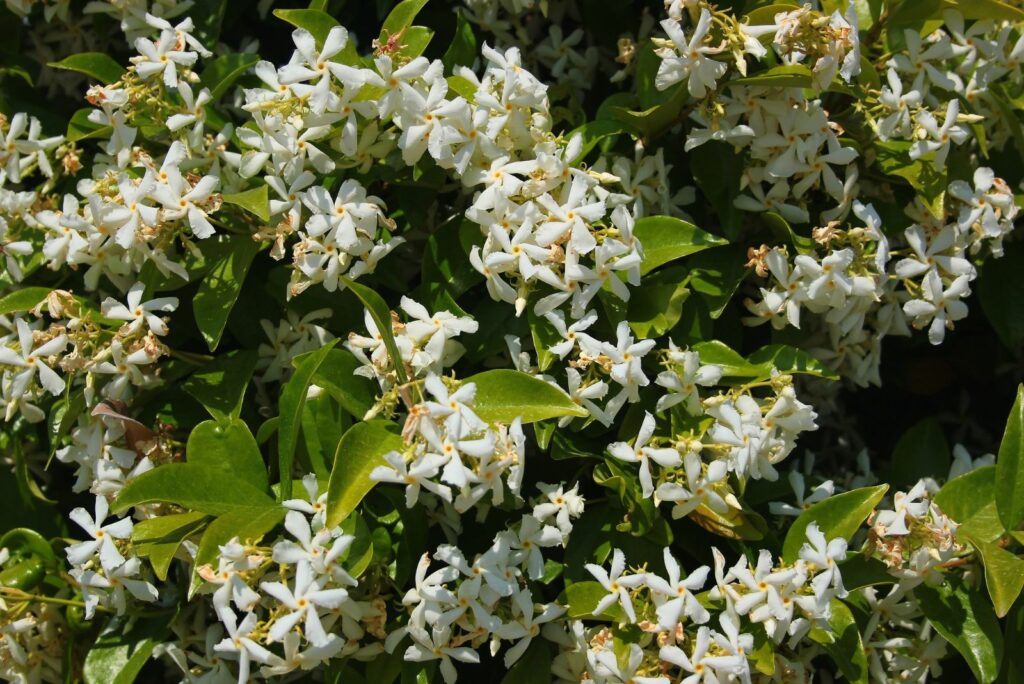July is a perfect time to feast your eyes on a summer garden bursting with annuals, perennials, and shrubs with their greenery and blooms in their prime!
It’s true that we try to minimize our gardening chores because it’s pretty hot out there. However, there are still things we shouldn’t skip. And no, I’m not talking about watering because that’s kinda obvious.
There’s one more thing our prized plants will benefit from at this point. It’s feeding! No matter if you grow flowers, foliage plants, or even fruits, they could use some nutrients for better growth.
Of course, you won’t feed each and every plant in your garden, but if you have any of the ones I’m about to show you, I highly recommend giving them a boost!
1. Hydrangeas Crave Nutrients In July
My garden is finally filled with incomparable hydrangea blossoms! I really want them to last forever, and since that isn’t really possible, I’ll do anything to prolong the season.
The best way to do that is to feed your hydrangeas in July! I start feeding them in April and continue to do it monthly throughout the late spring and summer.
The type of fertilizer and the best time to feed may differ depending on the hydrangea variety you grow.
My hydrangeas are mostly lace-cap varieties, and they’re pretty common here in Florida and the rest of the US.
I feed them with an all-purpose slow-release fertilizer and they’re doing great. A few years ago, I added nitrogen-rich fertilizer and ended up with lots of new leaves and fewer blossoms.
Rookie mistake, I know.
Simply stick to good old all-purpose fertilizer and enjoy the bloom display all summer long!
2. Don’t Forget Clematis Is A Hungry Feeder!
If your garden needs a pop of color, clematis is the way to go! But every grower knows that these stunning plants are kinda needy when it comes to fertilizer.
Feeding them monthly from spring through summer is the key to the healthiest growth. Make sure to add them to your to-fertilize list in July!
I always add a layer of compost come spring and then I switch to an all-purpose balanced fertilizer for the rest of the season.
Again, fertilizers with high concentrations of nitrogen aren’t a good choice. Go with an NPK ratio of 10-10-10 instead.
3. Give Your Jasmine A Boost For Better Growth
Need a recommendation for the most beautiful and fragrant evergreen shrubs? Jasmine is the best option!
If you already have it in your garden, July is the perfect time to give it a nutrient boost!
I guess you already know that the first jasmine blossoms appear in August or September. If you want to get the best out of them, start with boosting the plant’s health in July!
Once the fall arrives, I stop feeding my jasmine and let nature do its job.
Fertilizers rich in phosphorus are perfect for jasmine plants. Simply look at the second number in the NPK ratio on the fertilizer package. If it’s higher than the rest, go for it!
4. Canna Lilies Will Also Appreciate Fertilizing
Gardens with a tropical vibe are my favorite, and that’s impossible to achieve without captivating canna lilies.
I’ve heard a lot about cannas and how they’re demanding when it comes to fertilization. Well, I didn’t have that kind of experience.
I feed my canna lilies about 2-3 times during the growing season and they’re doing amazing. Of course, one feeding is reserved for July!
If you want to encourage your canna lilies to bloom, go with phosphorus-rich fertilizer. A well-balanced fertilizer is another great option and will promote both flower and foliage growth.
5. July Is The Ideal Time To Feed Ferns!
Flowers aren’t the only thing that will make your outdoor space look breathtaking. Ferns prove that! Their lush foliage is a true showstopper!
Partial shade and moist growing substrate is the winning combination for happy and healthy ferns.
And if you want more stunning foliage, feed your ferns in July.
These aren’t nutrient-needy plants and they will grow just fine if you plant them in rich compost. However, for the best results, add all-purpose fertilizer at this time, and they’ll thrive like never before.
6. Petunias Are Nutrient-Needy
Petunias are a kind of trademark for the summer months, and they owe it to their fascinating blossoms. But getting petunias to bloom prolifically may be harder than some think.
Keeping them hydrated and pruning them are two of the three tasks you must do. Wondering what the third one is? Of course, it’s fertilizing.
These are, indeed, one of the hungriest plants out there. If we think of the number of blossoms they produce, it’s not really a surprising fact.
Phosphorus-rich fertilizers are the perfect choice for petunias and applying them in July is your golden ticket to gorgeous display all summer long!
7. Fertilize Citrus Trees For More Fruits
Tired of flowers and foliage plants? I mean, we need something to eat, not just look at.
Growing citrus trees is super fun and rewarding, but if you want a lot of fruits at the end of the season, you’ll need to give these plants some food.
Gardeners experiment with different types of fertilizer and how they affect citrus tree growth. Look, I’m all into experiments but I would never risk the harvest.
So, the easiest solution is to use fertilizers specifically designed for fruit trees.
Prepare them according to the instructions written on the package and feed your lime, lemon, or orange trees in July!
8. And Get More Blossoms From Your Star Jasmine!
Back to the flowers! The last on our list is one of the most versatile plants ever, and it provides year-round interest!
Yes, I’m talking about star jasmine and its wonderful fragrant blossoms and lush foliage.
Oh, did I mention how easy it is to grow this amazing climber? But some things need to be done first, including fertilization.
Luckily, a round of well-balanced fertilizer monthly during the growing season will give you the healthiest and happiest star jasmine you could dream of!
Is your main goal a gorgeous and thriving summer garden? We all know the answer. So, give some nutrients to these 8 beauties and I’m sure you’ll be rewarded with numerous blossoms, leaves, and fruits!

